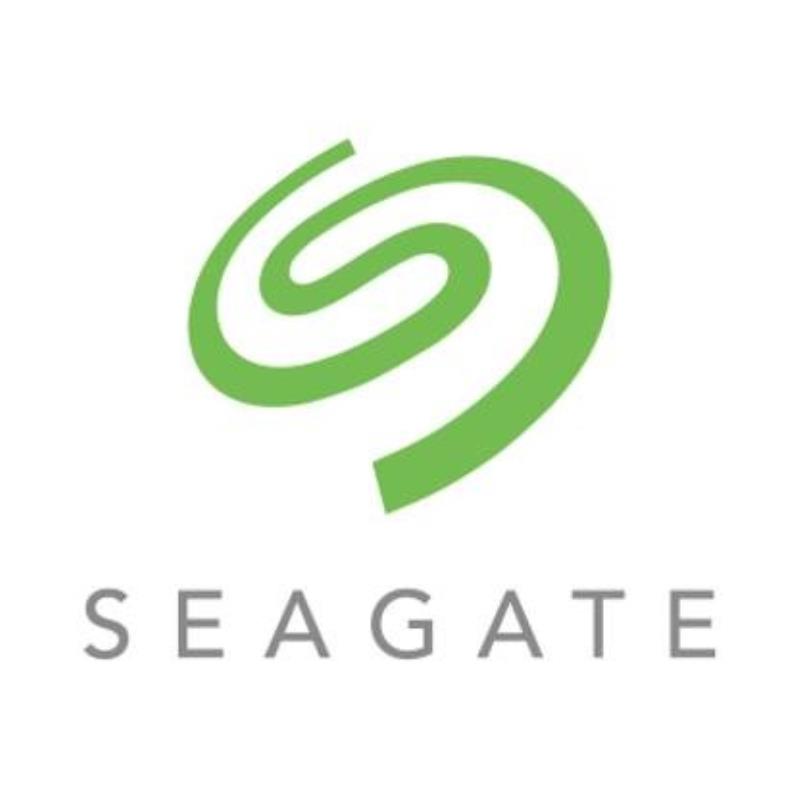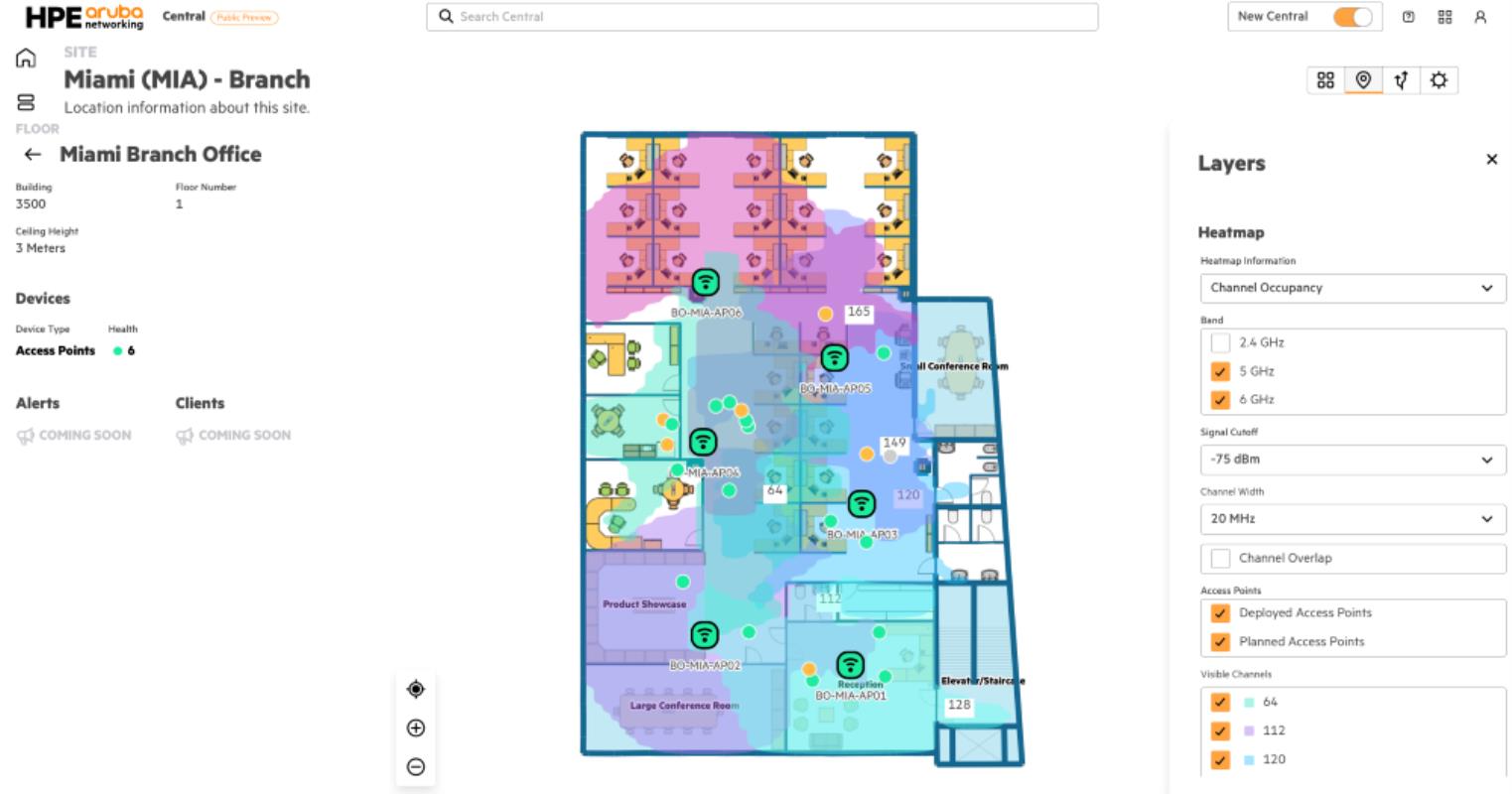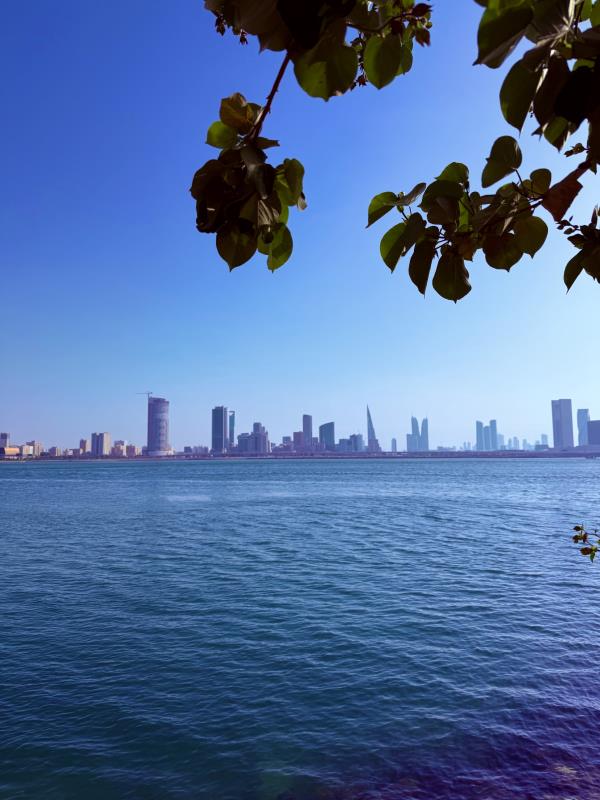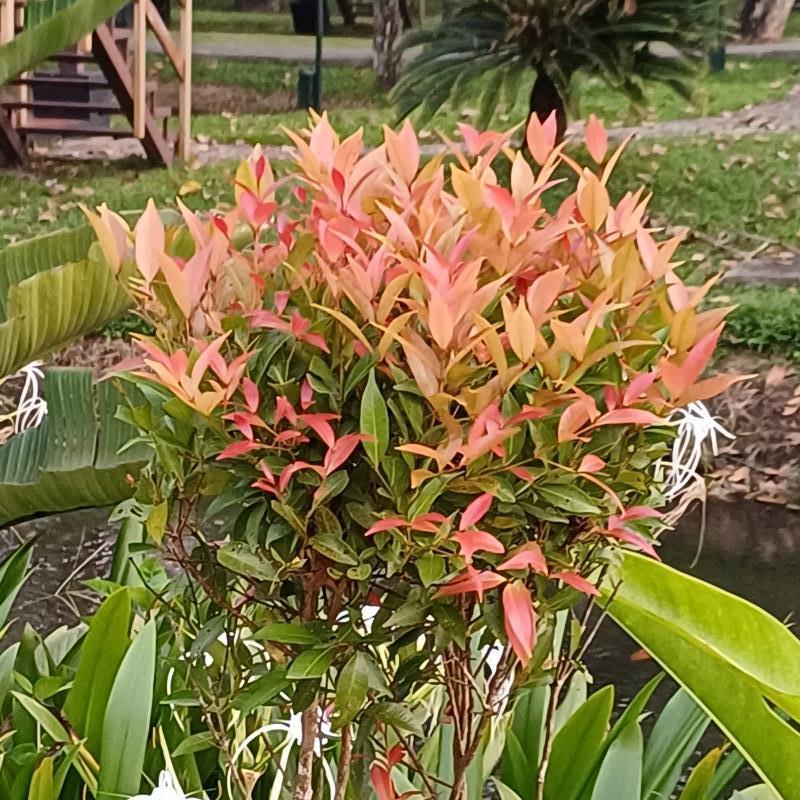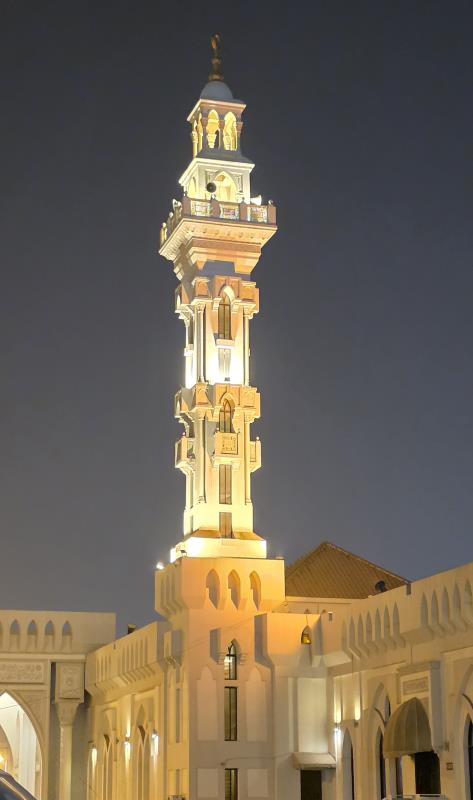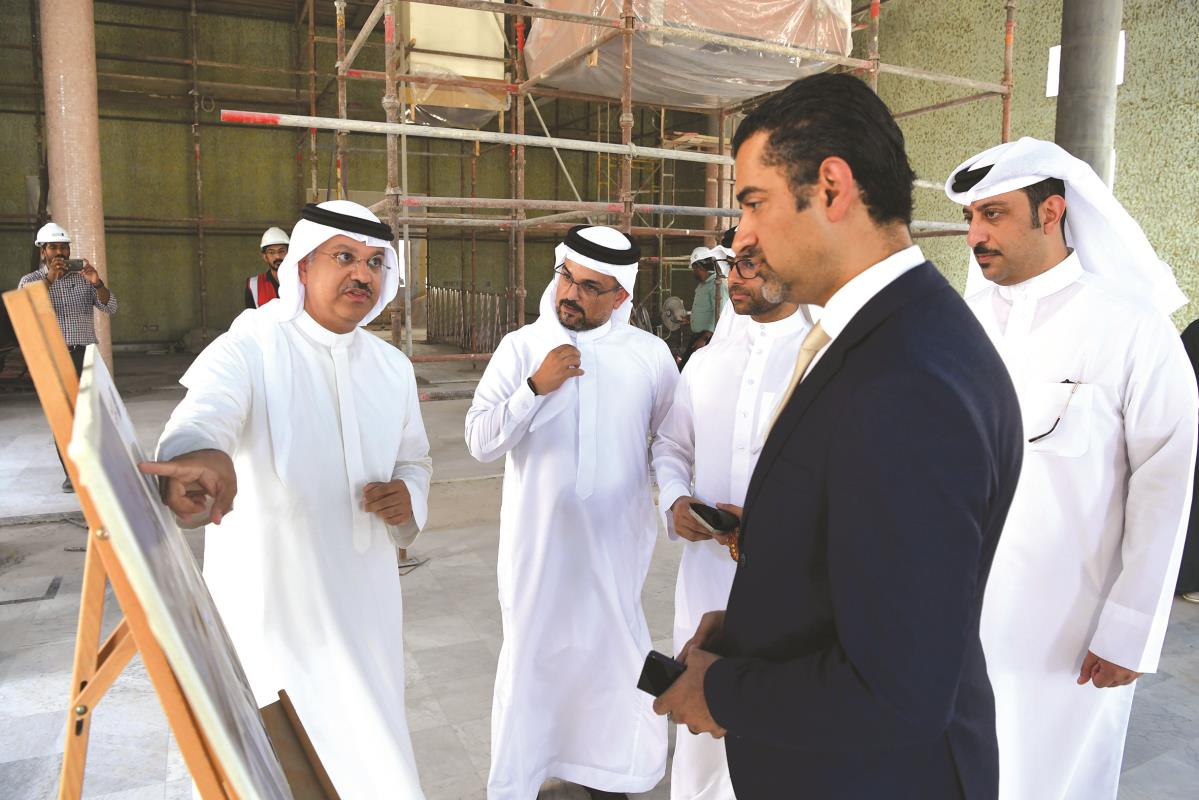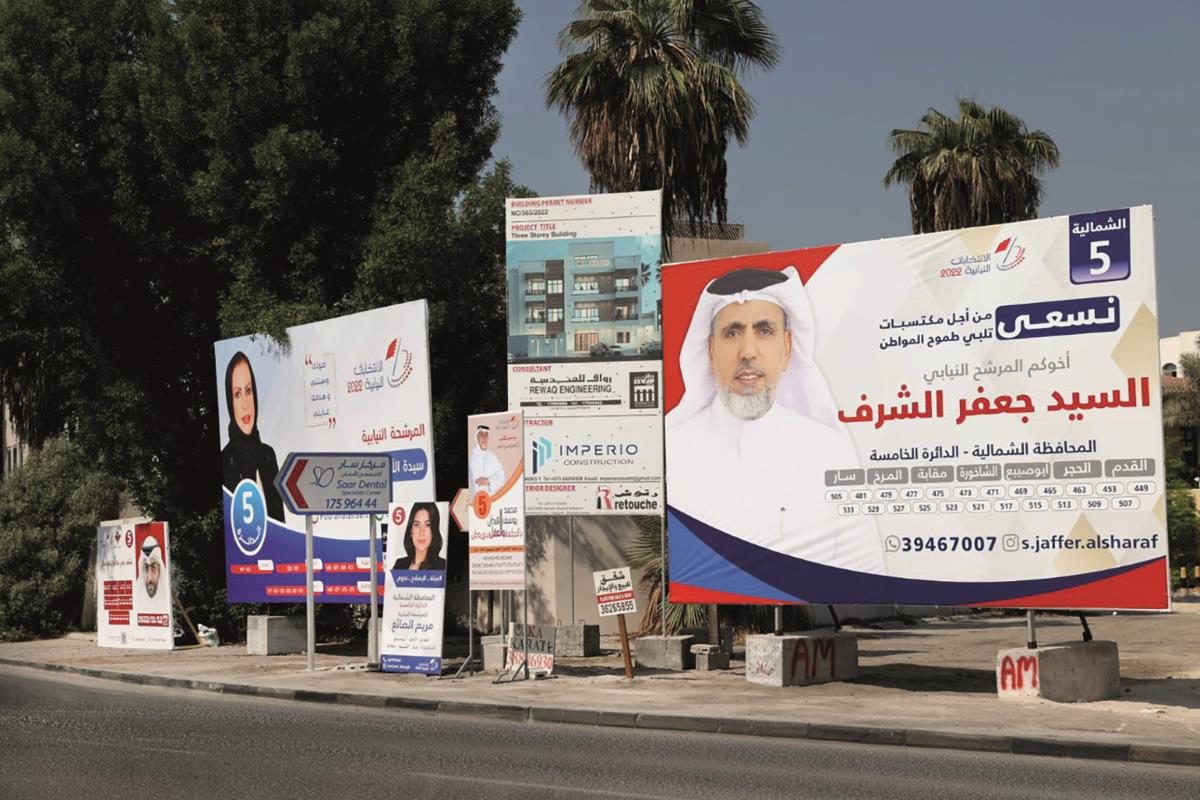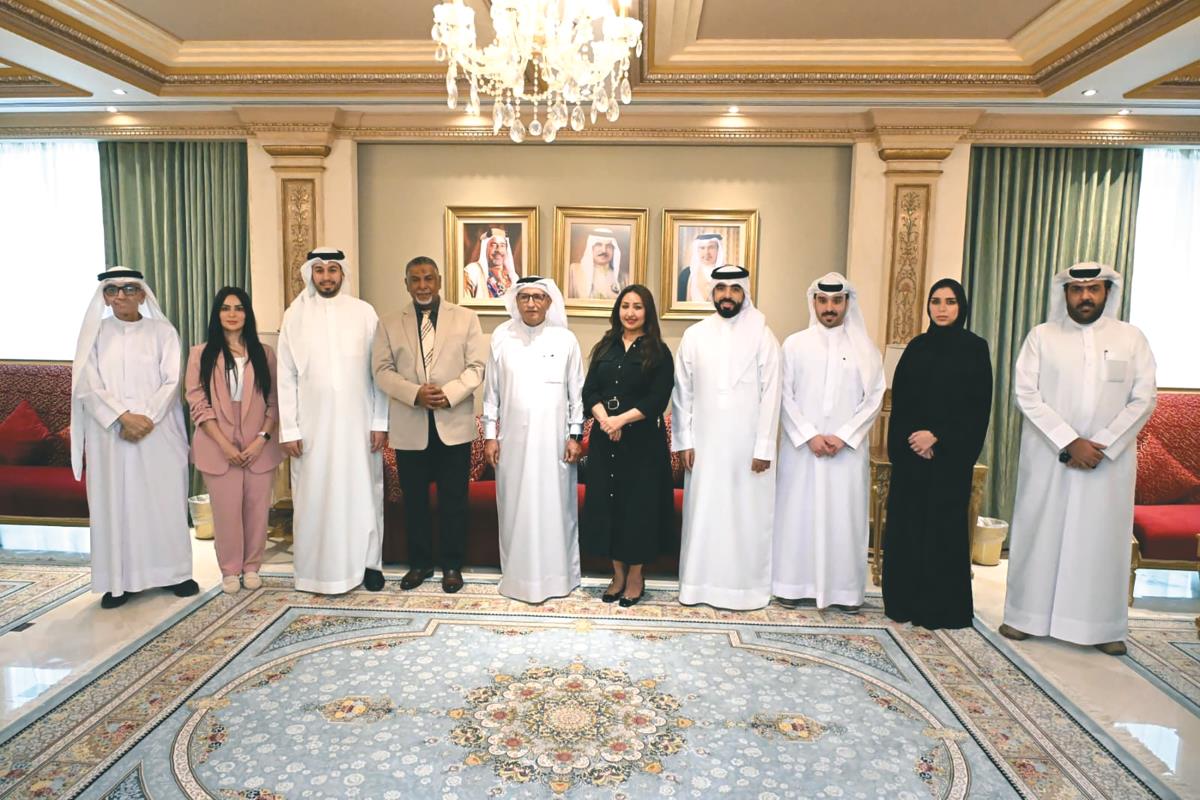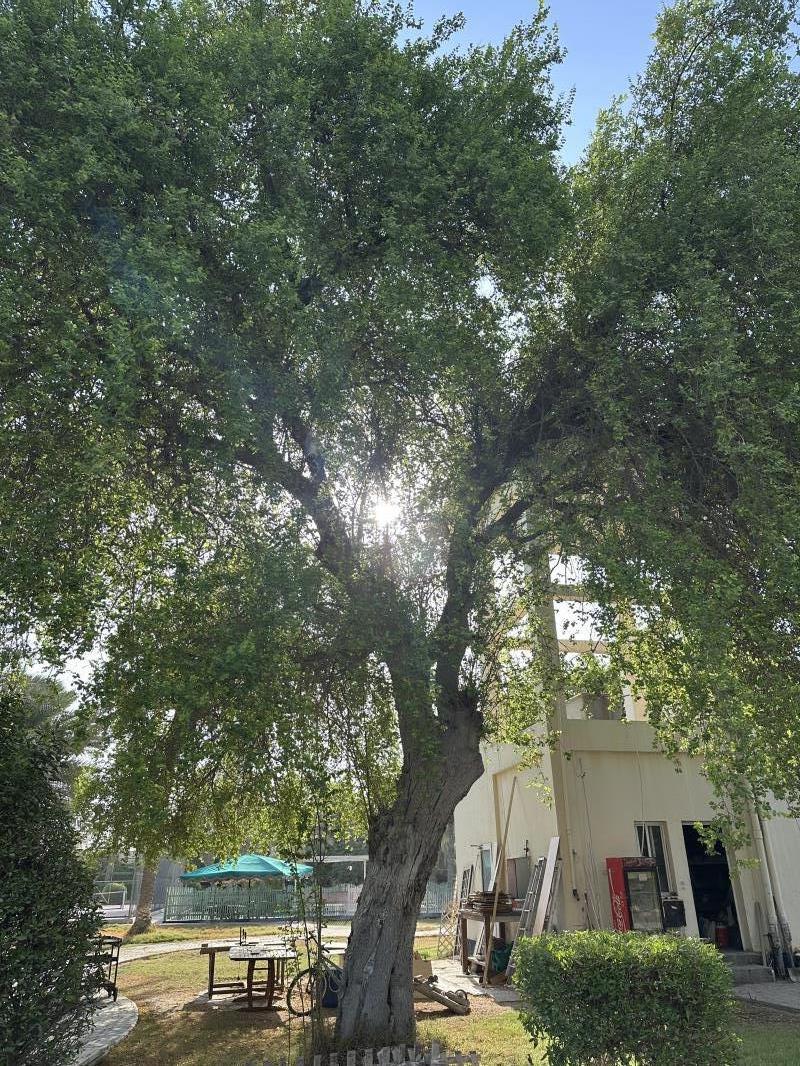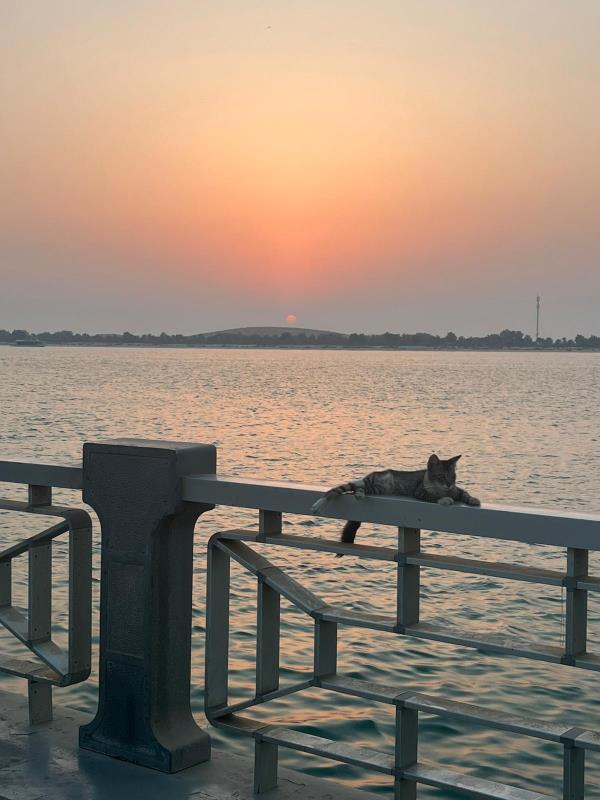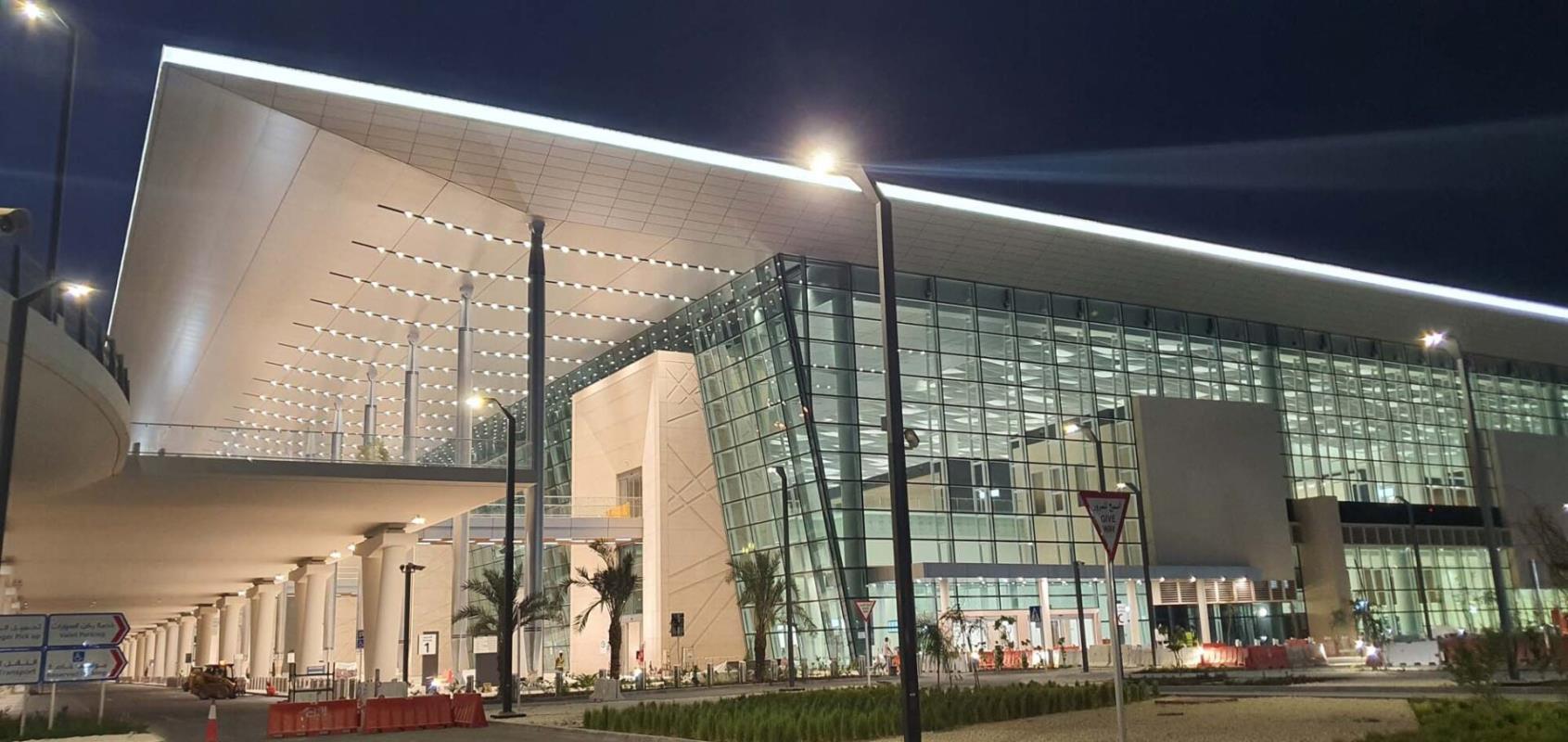There are major challenges ahead for the water sector in the Middle East. These include climate change, migratory movements, water scarcity and overexploitation of aquifers.
According to Ian Rodgers, a Solutions Architect at Xylem Inc, utilities "must be more operationally aware of how their assets are performing. They should be able to pinpoint where they are both running at their best, i.e., faster and more efficiently and thus assets that working sub-optimally and need operational improvement. This is something that can be achieved through digital transformation." Along the same lines, Christian Perez, the Manager of Idrica Qatar, pointed out that digital transformation "helps improve water cycle management and customer service, and reduces costs, among other benefits".
Therefore, digital transformation in the Middle East has emerged as a key factor at a time of severe water issues in the region.
One of these challenges is linked to demographics and migratory movements. Eleven of the 17 countries facing extreme water scarcity risks are in the Middle East and North Africa (UNICEF). In addition, the population of the Gulf Cooperation Council countries, i.e., Saudi Arabia, Kuwait, United Arab Emirates, Qatar, Bahrain and Oman, is expected to increase by 14 million from now to 2050.
As a result, average water demand in the GCC region is estimated to rise to 33.7 million cubic meters over the next 25 years. However, the future storage capacity forecast is only 25.8 million cubic meters. Therefore, technical capacity is another major challenge to be addressed if demand is to be efficiently met. However, both of Christian and Ian, experts the water utility space stated that Xylem Vue powered by GoAigua, the platform that emerged from the partnership between Idrica and Xylem, pointed out that this technical capacity must be accompanied by investments which are currently insufficient.
Moreover, all the utility experts have confirmed that the Middle East will be a hotspot for climate change, as it is warming twice as fast as the global average. This will lead to an increase in extreme events. It should be noted that the region has an arid and/or semi-arid climate and 43% is desert. The increase in temperatures will also heighten the probability of extreme rainfall, which, in turn, will lead to flooding.
Similarly, the scarcity of rainwater and the lack of capacity to store it means that aquifers are being overexploited to supply agricultural needs, which account for 85% of the water consumed in the Middle East and North Africa, according to the World Bank. Furthermore, unequal digital transformation and an inefficient distribution system mean almost half of the water is not available, due to leaks, among other reasons.
















































